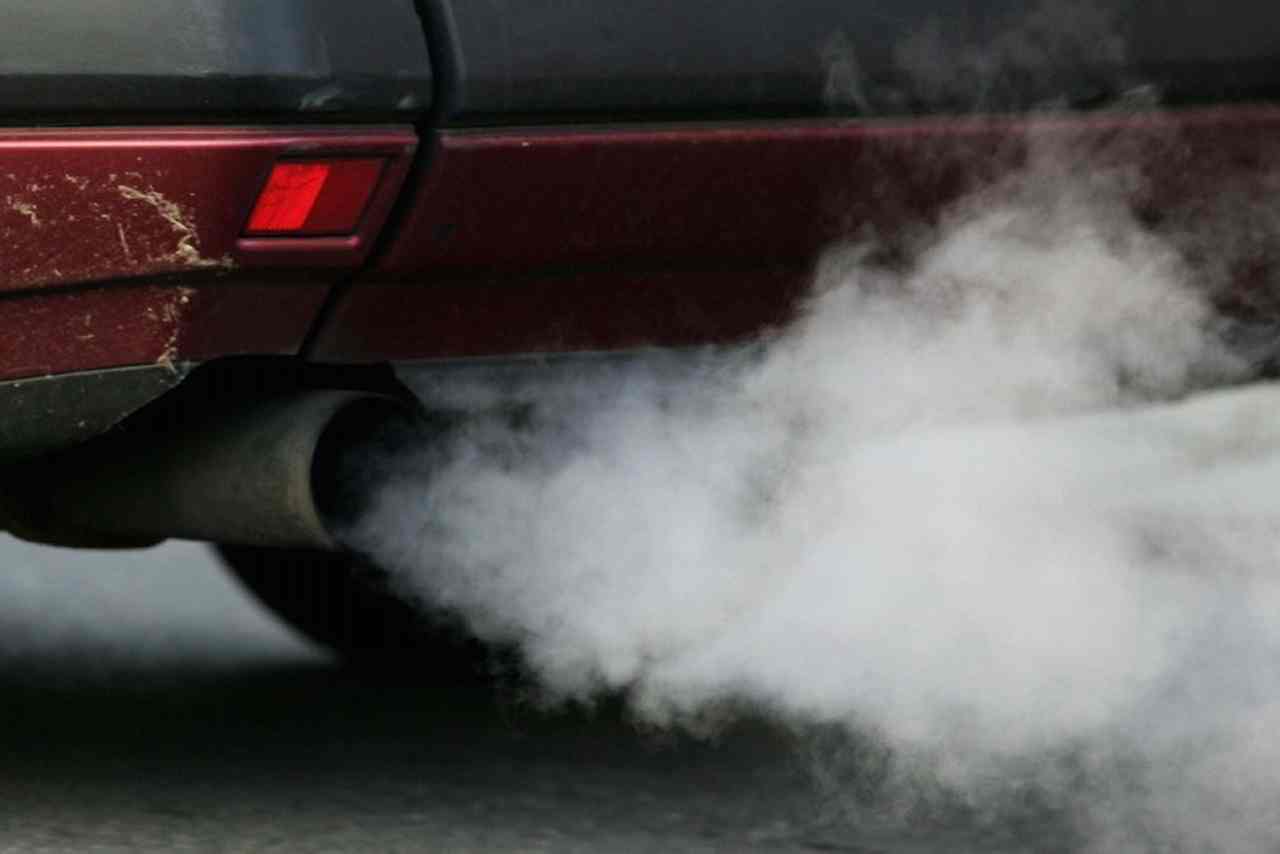After we consider air air pollution, we often consider smoke pouring out of smokestacks and the unpleasant brown haze that hangs over lots of the world’s cities, from Los Angeles to Beijing.
However lately, scientists have discovered rising proof of well being dangers from part of air air pollution that we do not see, and that is not but regulated beneath federal air high quality requirements. Along with seen emissions, the burning of fossil fuels and different forms of combustions create huge portions of ultrafine particles — someplace round a thousandth of the width of a human hair — that we inhale with out even realizing it.
Plenty of Sources
Ultrafine particles come from an array of sources, in keeping with Bart Ostro, former chief of air air pollution epidemiology for the California Environmental Safety Company, and at the moment a researcher at College of California, Davis. They’re emitted from autos, particularly ones that burn diesel gas, in addition to smaller gasoline-burning engines, comparable to those in garden mowers and leaf blowers. However different forms of burning — wooden fires, burning leaves, secondhand smoke from cigarettes, for instance — additionally produce ultrafine particles. So does cooking meat on the range in your kitchen.
However, it is a problem to determine the extent of our publicity to ultrafine particles. As a result of the particles are so small and so transient — they shortly disperse, or else coagulate into larger particles — they are a kind of air pollution that’s particularly troublesome to measure, Ostro says.
"Ultrafine particles are very excessive in focus subsequent to roadways, for instance," Ostro explains. "However in the event you go 300 to 500 yards (274 to 457 meters) away, the ultrafines go right down to virtually background ranges."
Lately, although, scientists at College of California, Davis have developed refined modeling strategies that mix sensing knowledge with data about how chemical processes and meteorological circumstances have an effect on the particles. That is allowed them to foretell concentrations over a number of years, which in flip makes it simpler to check the particles’ impact on human well being.
Ostro was the lead creator on a groundbreaking research printed June 1, 2015 that mixed such modeling with well being knowledge on 100,000 middle-aged feminine academics and directors recruited from the State Lecturers Retirement System, and located an affiliation between ultrafine particles and demise from coronary heart illness. (This is a press launch that summarizes the findings.)
Since then, this April 26, 2017 research additionally discovered long-term publicity to ultrafine particles round highways related to cardiovascular ailments and hypertension. And a February 2018 research within the journal Environmental Air pollution means that merely shifting a bus cease from 131 to 154 toes (40 to 50 meters) away from an intersection can considerably scale back transit-users’ publicity to excessive ranges of ultrafine pollution.
It could appear unusual that one thing so small might be harmful. However due to their dimension, ultrafine particles have a better time entering into lung tissue and inflicting irritation, as detailed on this 2003 animal research. Even a short quantity of ultrafine particle publicity can improve the allergic irritation that makes bronchial asthma worse, in keeping with this research printed July 5, 2010 by UCLA researchers.
However that is not the one fear. Ultrafine particles are so tiny that they’ll penetrate the blood-brain barrier and be absorbed into mind tissue. Current analysis suggests a doable hyperlink between the tiny particles and Alzheimer’s illness and different types of dementia, as detailed on this 2017 Science journal article. Scientists even have discovered that mice uncovered to ultrafine particles early in life had adjustments of their brains that bore a resemblance to these seen in people with autism and schizophrenia, in keeping with this 2014 article within the journal Environmental Well being Views.
An Unregulated Hazard
Regardless of all that, federal air air pollution requirements do not but set limits for ultrafine particles. As a spokesperson for the U.S. Environmental Safety Company explains in an electronic mail, "The EPA at the moment has Nationwide Ambient Air High quality Requirements (NAAQS) for wonderful particles (PM2.5) and for coarse particles which can be sufficiently small to be inhaled into the lungs (i.e., PM10). These requirements are based mostly on sturdy scientific proof that exposures to ambient particles in these dimension ranges may cause dangerous cardiovascular and respiratory results. Given uncertainties within the well being proof for ultrafine particles, and limitations within the accessible monitoring knowledge, a separate normal for ultrafine particles was not established within the final evaluation of the PM NAAQS, accomplished in 2012. This choice within the 2012 evaluation was in line with the recommendation offered to the EPA by the Clear Air Scientific Advisory Committee (CASAC)."
However Ostro says there are some measures that folks can take to guard themselves from ultrafine particles. If in case you have preexisting circumstances comparable to cardiovascular or respiratory ailments, it is a good suggestion, for instance, to restrict your publicity to emissions comparable to diesel fumes, automotive exhaust and any form of burning biomass. And even in the event you’re wholesome, you may most likely wish to keep away from such publicity as nicely.
"If you happen to see individuals working alongside a significant roadway, that is most likely not a good suggestion," Ostro cautions.
Now That is Fascinating
In a research printed within the journal Science on Jan. 26, 2018, researchers discovered that some ultrafine particles — ones lower than 50 nanometers throughout — have the power to accentuate storms.







